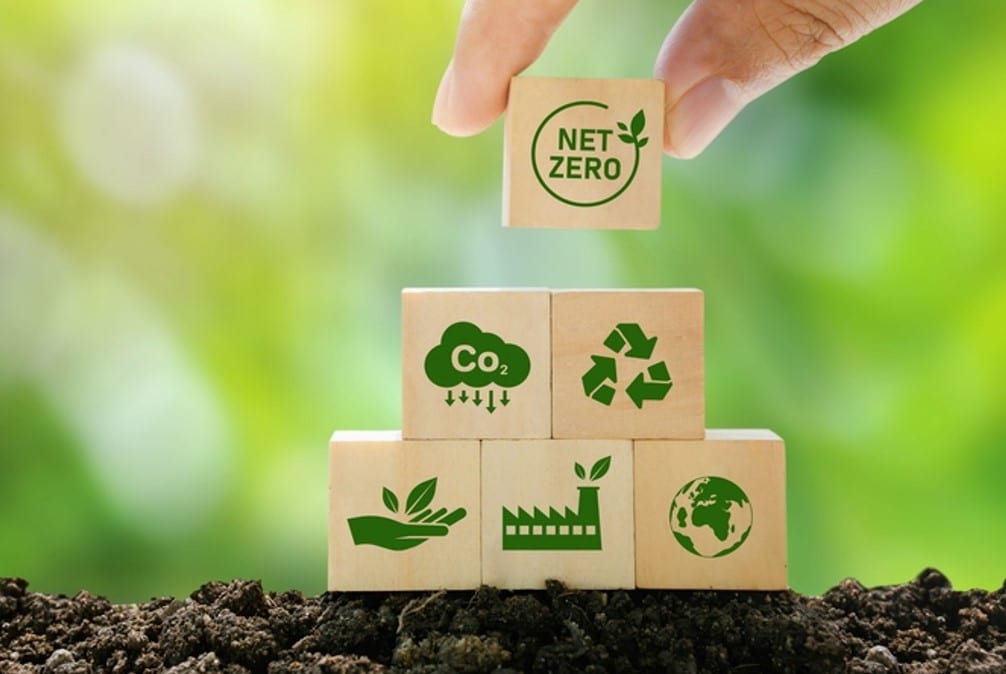
Food production is a dynamic system that faces a range of pressures, including environmental factors such as climate change, economic challenges like inflation, and the increasing consumer demand for organic and natural products. In addition to these challenges, the food and beverage industry has had to address regulatory requirements due to its significant contribution to greenhouse gas (GHG) emissions.
Leading the way towards achieving net-zero targets by 2050, Europe has been spearheading this change with initiatives such as the Corporate Sustainability Reporting Directive (CSRD). This new regulation, expected to impact over 50,000 companies, will particularly affect the food and beverage industry, which heavily relies on agriculture known to be a significant source of GHG emissions.
Scope 1, 2, and 3 Emissions – Why the Latter Matter to Food and Beverage Industry?
Companies aiming to comply with future reporting standards and progress towards the net-zero target must start establishing transparency regarding their current greenhouse gas emissions. For food and beverage companies, this involves calculating emissions from both the upstream sources, originating from the supply chain, and downstream sources, including customer use and disposal.
- Scope 1 emissions encompass direct emissions from sources owned or controlled by the company, such as emissions associated with fuel combustion in boilers, ovens, and vehicles.
- Scope 2 emissions are indirect emissions associated with the purchase of electricity, steam, heat, or cooling, resulting from the organization's energy use.
- Scope 3 emissions encompass all other emissions that are indirectly influenced by the company within its value chain but are not owned or controlled by the reporting organization.
While reducing Scope 1 and 2 emissions is often the primary target in a company's carbon reduction strategy, addressing Scope 3 emissions is equally important for achieving true carbon neutrality. This is especially true for food and beverage companies, as two-thirds of Scope 3 emissions occur in the agricultural and food processing stages. To tackle these emissions and comply with ESG regulations, companies need to invest in agricultural supply chains, measure and reduce emissions, and report on their progress.

But how can companies control something they don't directly manage?Tools and Practices to Combat Emissions from Farming
According to a recent McKinsey report titled "Agriculture and Climate Change," over a quarter of global greenhouse gas (GHG) emissions come from agriculture, forestry, and land use changes. These emissions are expected to rise further with population growth and increased food demand. However, if immediate action is not taken, this situation will reach alarming proportions.
Emissions stemming from the agricultural value chain represent a significant portion of Scope 3 emissions for food and beverage companies. For many companies, Scope 3 emissions account for over 70% of their total carbon footprint.
The main challenge for most companies is tracking and managing these emissions, as they often occur in fragmented ways. Furthermore, since the agricultural sector is one of the oldest industries, changes happen slowly, and farmers require significant support in their efforts to reduce emissions.
Collaboration with farmers in their supply chain is key in helping them understand how to reduce emissions and set quantified targets. For example, specific support for farmers to reduce emissions can include:
- supporting the move to regenerative agriculture by providing resources and guidance on efficient fertilizer and pesticide use, optimized irrigation techniques, and soil management practices that help sequester carbon;
- collaboration to set emission reduction targets and track progress, which can involve implementing sustainable sourcing practices, incentivizing low-carbon practices, and fostering transparency throughout the supply chain;
- providing financial incentives or grants to farmers can help them invest in emission-reducing practices.
On top of that, encouraging the adoption of innovative technologies such as using farm management software for more efficient crop management can enable farmers to optimize inputs, reduce waste, and improve overall efficiency. On the other hand, the digitalization of agriculture supply chains is also essential for companies because it enables them to measure the current state and track the progress of improvement goals.
By embracing comprehensive digitalization through Farmolog, tangible impact can be made on the agriculture and food sector, increasing transparency in compliance with regulatory demands such as CSRD requirements, and providing companies with a clear view of farm operations.
To support meeting ESG standards and implementing sustainable agricultural practices, the Farmolog platform will serve as a user-friendly tool that enables companies to manage sustainable farming practices across their value chains.

